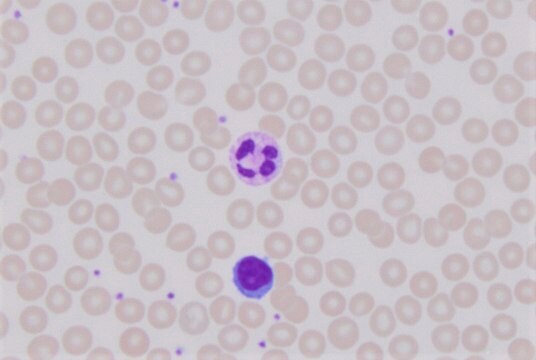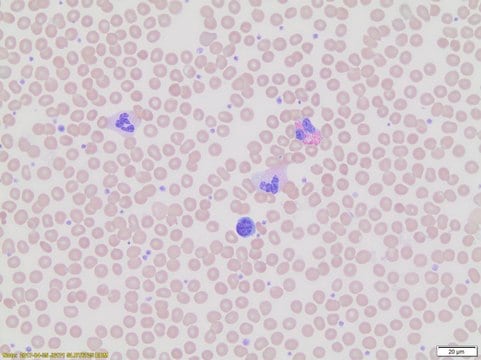MAK039
Acetyl-Coenzyme A Assay Kit
sufficient for 100 fluorometric tests
Sinonimo/i:
Acetyl-CoA Assay Kit
About This Item
Prodotti consigliati
impiego
sufficient for 100 fluorometric tests
Metodo di rivelazione
fluorometric
Malattie correlate
cancer; neurological disorders
Temperatura di conservazione
−20°C
Descrizione generale
Acetyl-Coenzyme A acts as an indicator of fat, sugar, and protein levels and shows up on the nutritional status. Thus, starvation greatly reduces the level of acetyl-CoA, which stimulates the process of autophagy. In lowered glucose condition, acetyl-CoA participates in the production of ATP. Increased acetyl-CoA levels are observed in prostate cancer due to elevated fatty acid utilization and thus provides an additional energy source for the tumor cell growth. Nutrition deprivation, changes the levels of certain metabolites, including acetyl-CoA, which stimulates epigenetic modifications that would affect the central nervous system.
Applicazioni
Compatibilità
Principio
Prodotti correlati
Avvertenze
Warning
Indicazioni di pericolo
Consigli di prudenza
Classi di pericolo
Eye Irrit. 2 - Skin Irrit. 2 - STOT SE 3
Organi bersaglio
Respiratory system
Codice della classe di stoccaggio
10 - Combustible liquids
Classe di pericolosità dell'acqua (WGK)
WGK 3
Punto d’infiammabilità (°F)
188.6 °F - closed cup
Punto d’infiammabilità (°C)
87 °C - closed cup
Certificati d'analisi (COA)
Cerca il Certificati d'analisi (COA) digitando il numero di lotto/batch corrispondente. I numeri di lotto o di batch sono stampati sull'etichetta dei prodotti dopo la parola ‘Lotto’ o ‘Batch’.
Possiedi già questo prodotto?
I documenti relativi ai prodotti acquistati recentemente sono disponibili nell’Archivio dei documenti.
Articoli
Sigma-Aldrich presents an article about how proliferatively active cells require both a source of carbon and of nitrogen for the synthesis of macromolecules. Although a large proportion of tumor cells utilize aerobic glycolysis and shunt metabolites away from mitochondrial oxidative phosphorylation, many tumor cells exhibit increased mitochondrial activity.
We presents an article about the Warburg effect, and how it is the enhanced conversion of glucose to lactate observed in tumor cells, even in the presence of normal levels of oxygen. Otto Heinrich Warburg demonstrated in 1924 that cancer cells show an increased dependence on glycolysis to meet their energy needs, regardless of whether they were well-oxygenated or not.
Information on fatty acid synthesis and metabolism in cancer cells. Learn how proliferatively active cells require fatty acids for functions such as membrane generation, protein modification, and bioenergetic requirements. These fatty acids are derived either from dietary sources or are synthesized by the cell.
Il team dei nostri ricercatori vanta grande esperienza in tutte le aree della ricerca quali Life Science, scienza dei materiali, sintesi chimica, cromatografia, discipline analitiche, ecc..
Contatta l'Assistenza Tecnica.






